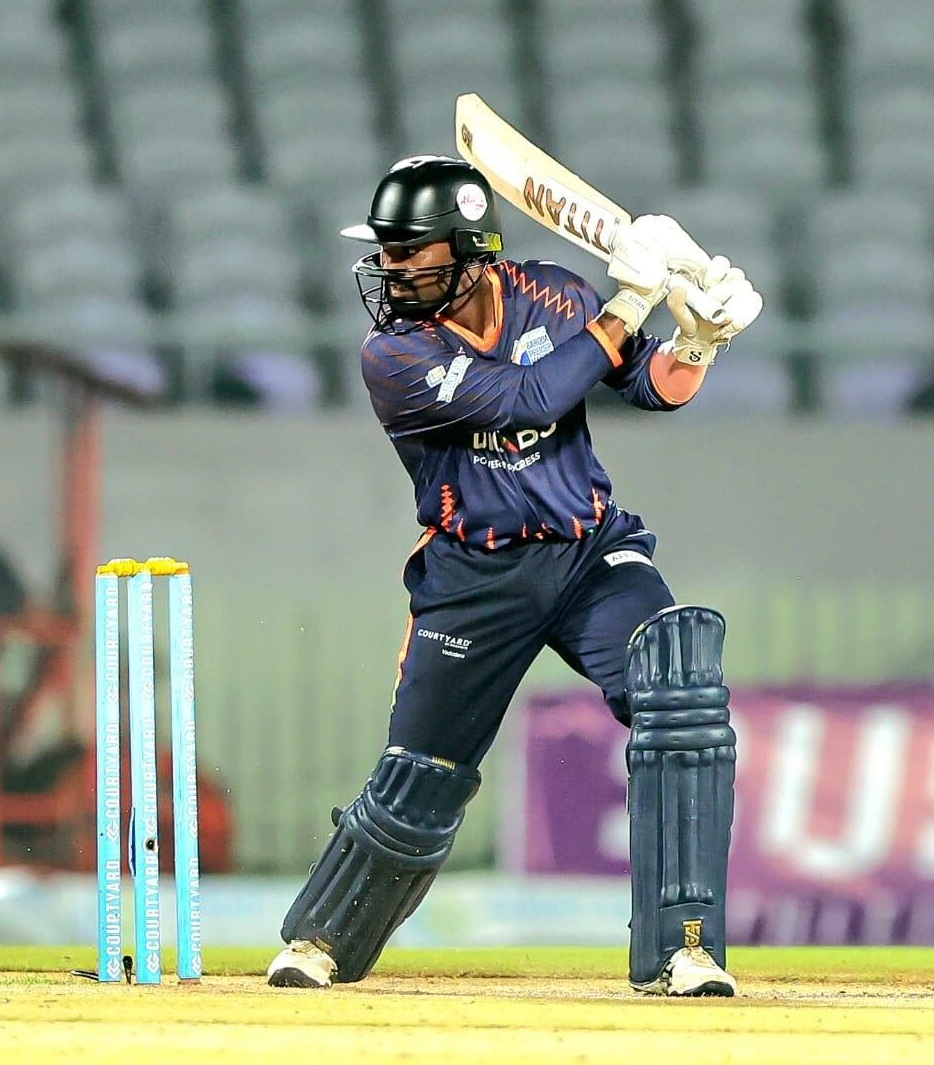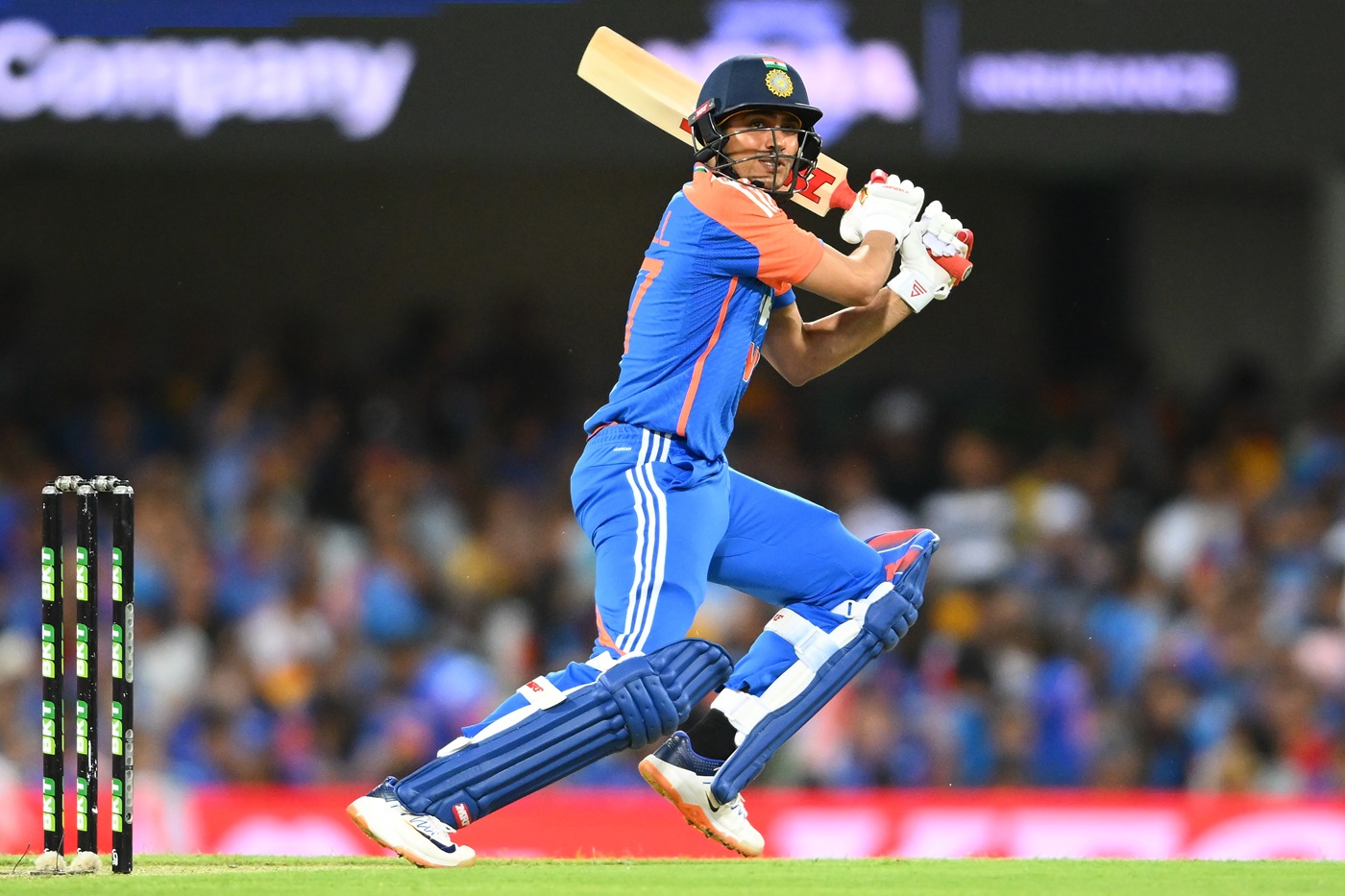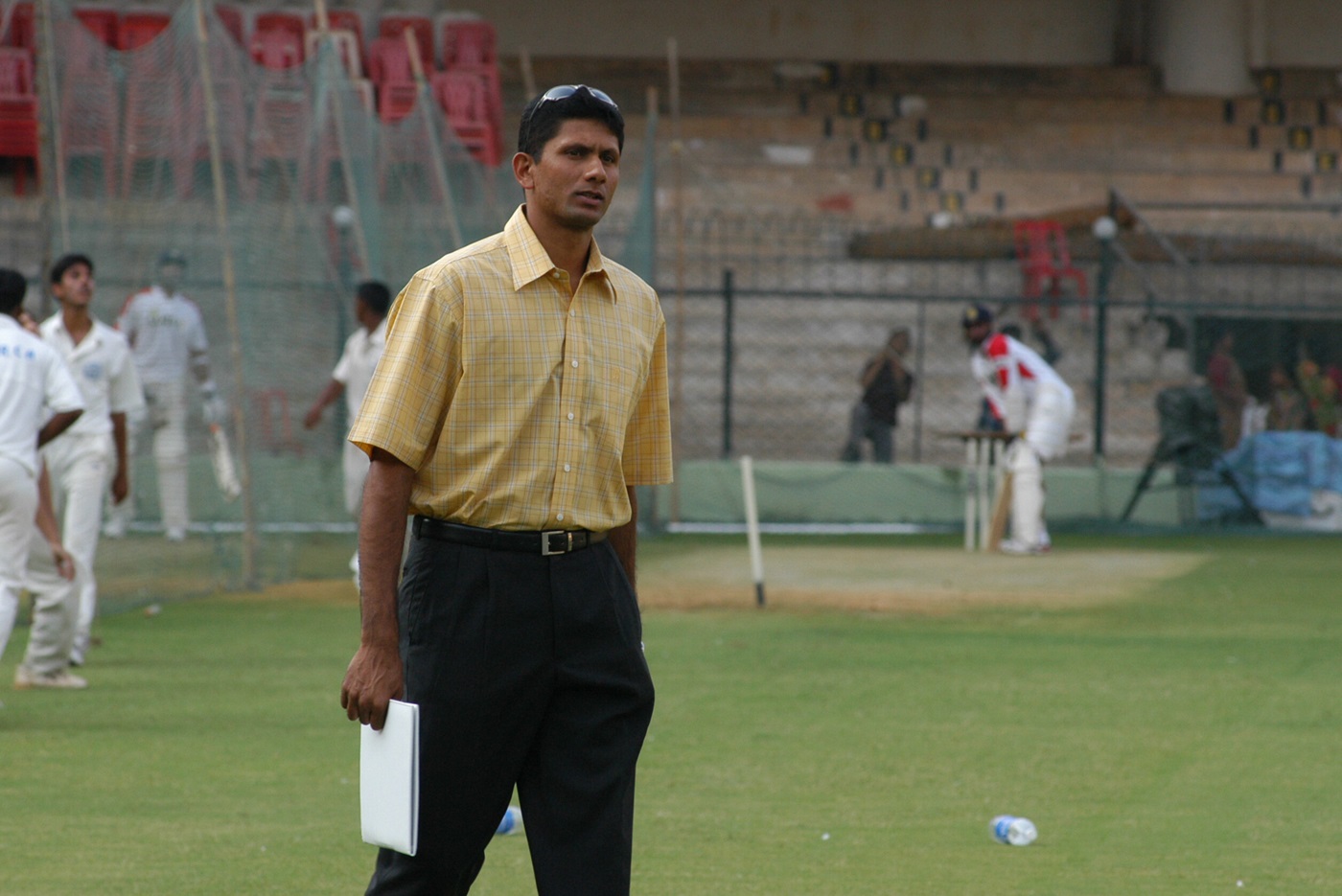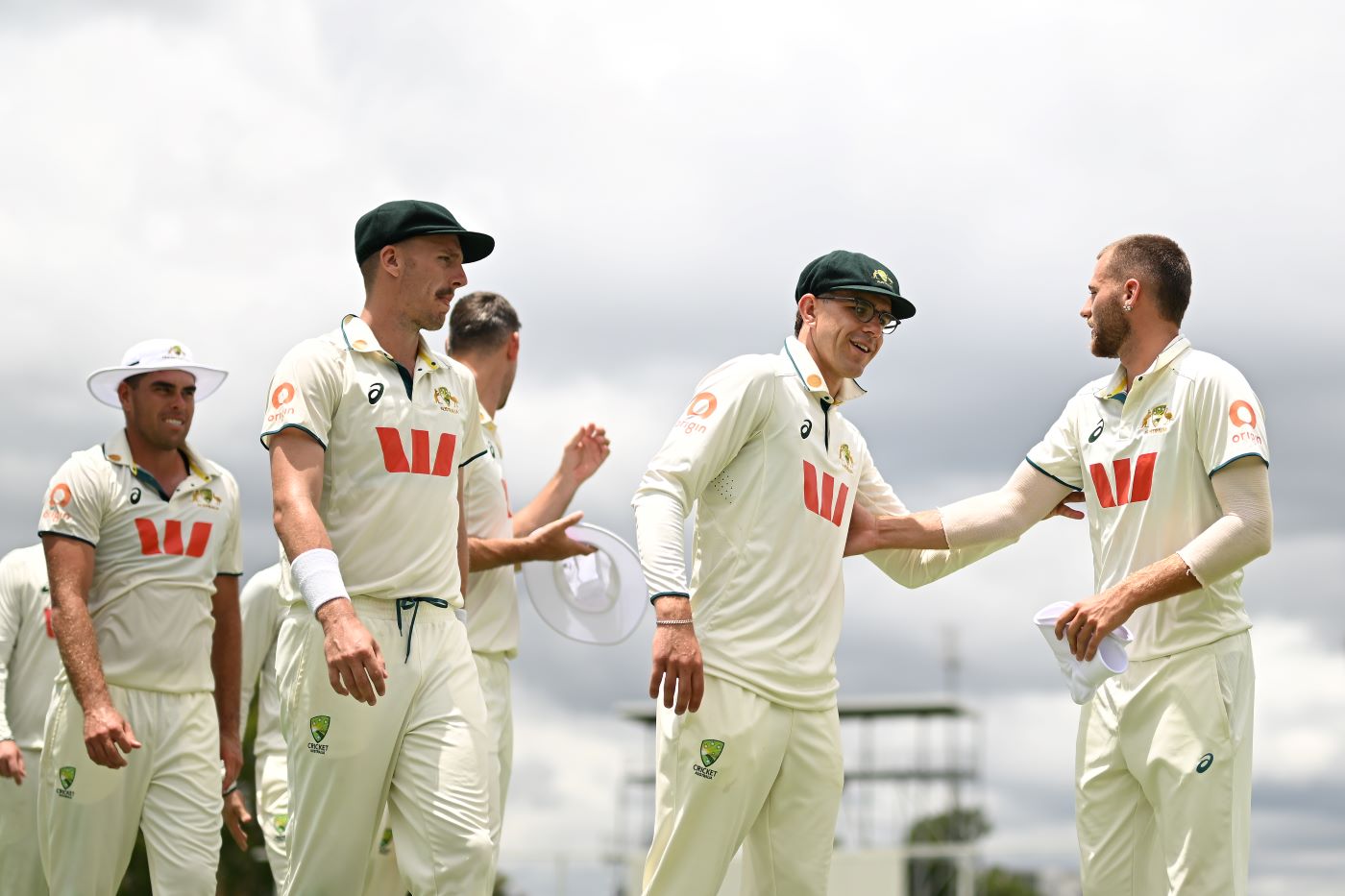The trek over the Cho La Pass had left everyone of us tired and exhausted. And as I said, the last part of trek, we saw heavy rain. And myself and Nitesh realised that the mistake that we did while buying our gloves. The gloves were not at all water-proof and was of no use, once it started raining.

We all reached Dzongla, drenched. Prateek was so kind to help everyone with getting the wet cloths dried up in tea houses oven.
Just south of Dzongla, the dawn light was shining on the impressive north face of Cholatse. After finishing our breakfast, we were outside tea house admiring the fantastic view and taking pictures of those peaks.



And soon we started moving down from Dzongla.

After crossing a small bridge we continued on a grassy trail.

Enjoying the view of Lobuche Peak we stretch up eventually through a ridge. Further on, as we gained elevation, the blue lake of Cholatse Tsho appeared to the right, with the near vertical face of Cholatse and Taboche hiding behind the clouds. In Tibetan “Cho” means lake. “La” means pass. “Tse” means peak. So Cholatse is Pass Lake Peak.

Ahead a huge valley dropped below and spectacular landscape spread out with the iconic peak of Ama Dablam rising up above it on the other side. This valley is that of the Khumbu Khola, the stream that flows from the massive Khumbu Glacier which originates on Everest.




The walk stayed mostly flat and provided some nice easy trekking. One could see the main trail to Everest Base Camp on the other side of the valley. There’s a memorial on the main trekking route, for a somber reminder of all the tragedy in these mountains during climbing expeditions. We plan to visit it while returning back.
Soon our trail ended in the river bed which we had to cross, to join the main trekking route.

From there, it was a short trek up the valley following by the side of glacial moraine of Khumbu Glacier we reached Lobuche.
Here we Raj, our guide had a good discussion with all of us. Original plan was to trek upto Gorakshep. However, few of our team members were really struggling. And today was not even a difficult walk. He suggested that some of us must not proceed further as Edmund Hillary himself said.
Human life is far more important than just getting to the top of a mountain.
Edmund Hillary
Some of member whose oxygen content in blood was less, didn’t heed to team leader’s advice of taking Diamox. We all know that continuing to higher altitudes without proper acclimatisation can lead to potentially serious, even life-threatening illnesses. But as the saying goes:
At Athens, wise men propose, and fools dispose.
Alcuin
Then Raj came with other idea, tha we stay at Lobuche today and travel to Gorakshep tomorrow. And we climb up EBC/Kala patthar the next day. However I objected to this idea. Given the speed of the slowest member, I was sure that we would spend whole day climbing Gorakshep itself. So I was of the view to travel as per plan. (Anyway, the plan to summit Kalapatthar in evening was not looking feasible. However, at least we could have got whole full day tomorrow).
After much of discussions, we started. Unfortunately, health of another friend deteriorated. His heart rate was quite on higher side. He tried to push a bit further, but he made a wise decision. It was a brave and tough decision to make and he will be respected for ever, because of this decision. Often in life, the decision to let go is the toughest one and intelligent one.
While those who wanted to push themselves despite not being well, I thought they were doing it more for some of facebook/instagram likes instead of doing it for themselves. Remember this scene from ZNMD, movie where Naseeruddin Shah asks Imran “Apne liye kya karte ho, ye sab to duusro ke liye karte ho.”
Anyway, enough of thinking on other stuff and we regrouped, ready to walk further. Initial trek from Lobuche towards Gorakshep was easy and flat but we all knew what was there behind the mountains. You continue walking up the valley wedged between the mountains with a nice view.

At the end of the valley the trail begins climbing up the moraine of another glacier which flows into the Khumbu. At this altitude (around 5000 meters), climbing is hard, even if it is a short climb. It was a lot of stop-start trekking all of the way up the rocky trail. And as is always the case the surrounding mountains continued to hide behind each other as others begin to reveal themselves. So you just have to walk and walk.



At the top the trail meandered along the edge of the glacial moraine and the huge Khumbu Glacier stretched out before us, tumbling down off of Everest somewhere ahead.
Eventually we climb up to the trekking village of GorakShep. But not before we crossed over the Changri Nup and Changri Shar Glacier that originates from the surrounding peaks of Pumori (7,161m) Changri (6,027m) and Chumbu (6,859m).
As we enter the village we got yet another but brief view of Everest.

Once everyone reached Gorakshep, and had their cup of tea, we had another round of discussions on change of plan. It was more than a discussion where we argued to cut short a night stay at Gorakshep. Reason was few of us were not properly acclimatised and it would not be safe to stay there for longer duration. But then that put others on pressing situation where they were asked to do both EBC and Kala Patthar summit (once or twice) in same day and then return with the group. Or if the group is splitted, then those who are staying back had to do some really fast walking while returning back from Gorakshep to catch up the group with a lead of one day.
Trekking indeed teaches teamwork and caring for the team. But to only a few, mortal ones.
As we go to bed, myself, Naveen and Nitesh decided to go up Kala patthar at wee hours of morning. Plan was that rest of the team go for EBC in the morning after breakfast, and we three catch them up at EBC after coming back from Kala patthar.
Prologue-EBC | 1 | 2 | 3 | 4 | 5 – Gokyo lakes | 6 – Gokyo ri Summit | 7 – Chola pass | 8 | 9 – Kalapatthar/EBC | 10 | Epilogue-EBC
Related posts
Feed
- India
- World
- Live
- Cricket News
To find out more, including how to control cookies, see here Cookie Policy





